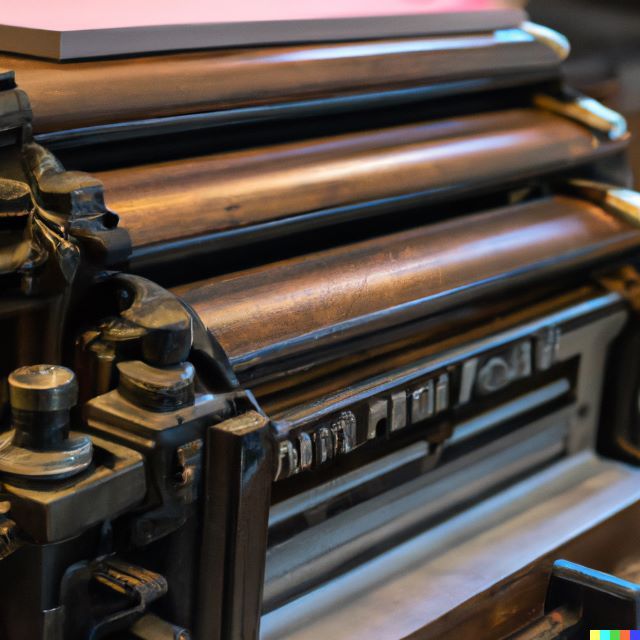The Birth and Evolution of Mexico's First Printing Press
Mexico's first national printing press, from its establishment after independence to its pivotal role in promoting the freedom of printing and documenting the country's governance. Discover the challenges and achievements of the Imprenta Nacional del Supremo Gobierno de los Estados Unidos Mexicanos.





